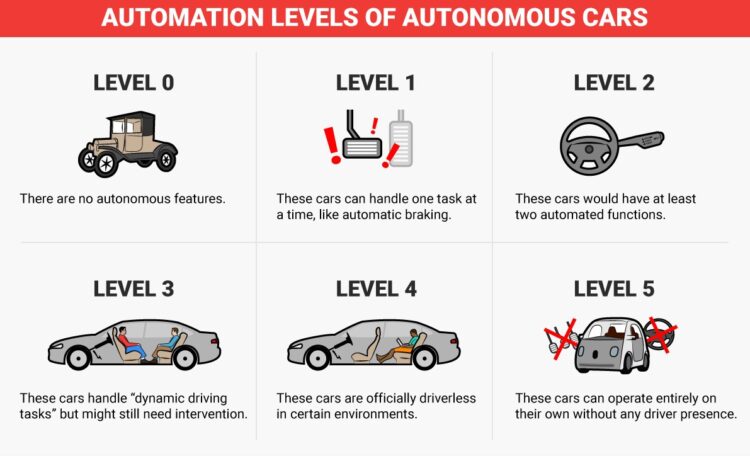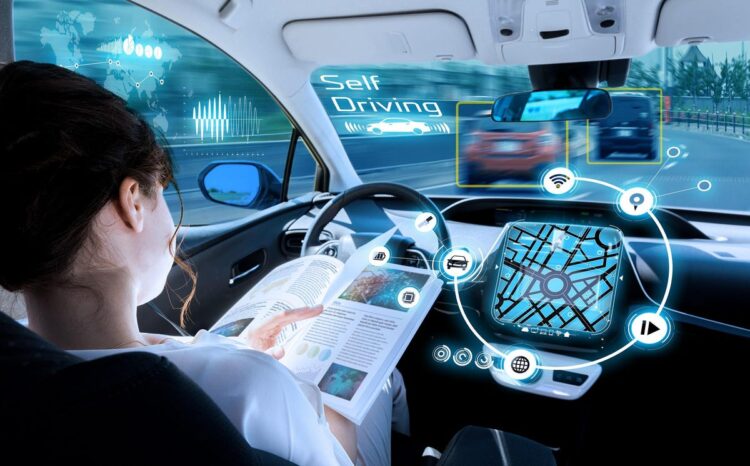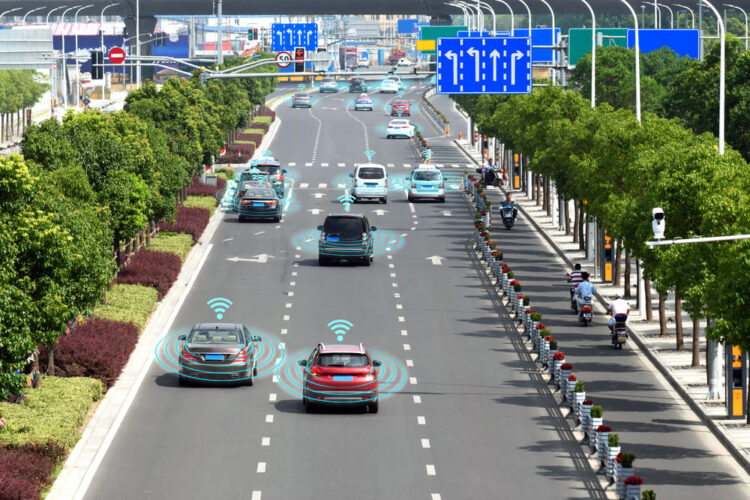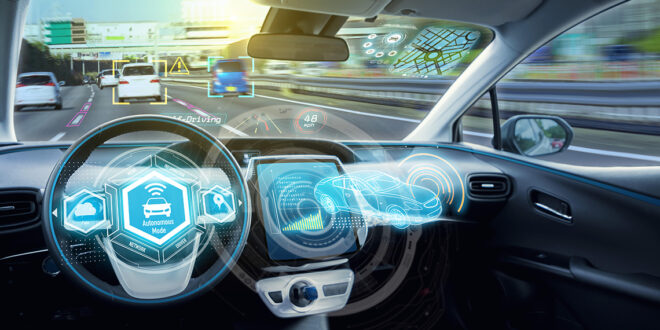Self-driving cars, also known as autonomous vehicles, have become an increasingly common sight on roads in recent years. These vehicles use a combination of sensors, cameras, and machine-learning algorithms to navigate their surroundings without human intervention.
However, not all self-driving cars are created equal. In fact, there are six different levels of car autonomy, ranging from completely driver-controlled to fully autonomous. This article will explore why these different levels of autonomy matter in auto accident cases. Click for more info here.
Understanding the Six Levels of Autonomy

Before delving into the legal implications of different levels of autonomy, it is important to understand what they are. The Society of Automotive Engineers (SAE) has created a scale that defines these levels:
Level 0 – No Automation – The driver is in full control of the vehicle at all times.
Level 1 – Driver Assistance – The vehicle has some automated features, such as cruise control or lane departure warnings, but the driver is still primarily responsible for operating the vehicle.
Level 2 – Partial Automation – The vehicle can control both steering and acceleration/deceleration in certain circumstances, but the driver must still be able to take over at any time.
Level 3 – Conditional Automation – The vehicle can operate autonomously in certain situations, but the driver must be ready to take over at any time.
Level 4 – High Automation – The vehicle can operate autonomously in most situations, but a driver may need to take over in certain scenarios.
Level 5 – Full Automation – The vehicle can operate autonomously in all situations without any human input.
Legal Implications of Different Levels of Autonomy

The level of autonomy a self-driving car has can have significant legal implications in the event of an auto accident. In general, the more autonomous a vehicle is, the less responsible the driver may be for any accidents that occur.
For instance, if a Level 0 or Level 1 vehicle is involved in an accident, the driver will likely be held fully responsible. These vehicles do not have any significant autonomous features and rely entirely on the driver’s input.
However, if a Level 2 or Level 3 vehicle is involved in an accident, the question of liability becomes more complicated. These vehicles have some autonomous features, but the driver is still expected to be able to take over in certain situations. If an accident occurs while the vehicle is in autonomous mode, the driver may still be held responsible if they failed to take over when necessary.
If a Level 4 or Level 5 vehicle is involved in an accident, the responsibility may fall entirely on the vehicle’s manufacturer. These vehicles are designed to operate autonomously in most situations, so if an accident occurs, it may be due to a flaw in the vehicle’s design or programming.
Real-World Examples

There have already been several high-profile accidents involving self-driving cars, and the level of autonomy of each vehicle has played a significant role in the legal proceedings.
One of the most notable examples occurred in 2018 when a pedestrian was struck and killed by a self-driving Uber vehicle in Arizona. The vehicle was in autonomous mode at the time, but a safety driver was behind the wheel. The safety driver was ultimately charged with negligent homicide, but the case was later dropped. The accident highlighted the potential difficulties in assigning liability when a partially autonomous vehicle is involved in an accident.
Another example occurred in 2019 when a Tesla Model S in autopilot mode crashed into a parked fire truck in California. The driver was not paying attention at the time of the accident, and the National Transportation Safety Board (NTSB) ultimately determined that the driver’s overreliance on the vehicle’s automation was a contributing factor. The accident demonstrated the importance of understanding the limitations of autonomous features and the driver’s responsibility to be attentive and ready to take control if necessary.
In both of these cases, the level of autonomy of the vehicles played a significant role in the legal proceedings. If the Uber vehicle had been a Level 4 or Level 5 vehicle, the responsibility may have fallen entirely on the vehicle’s manufacturer. If the Tesla had been a Level 4 or Level 5 vehicle, the driver’s responsibility may have been more limited.
As self-driving cars become more common on the roads, it is likely that they will be involved in more accidents. It is important for drivers, manufacturers, and legal professionals to understand the different levels of autonomy and their implications in order to ensure that liability is assigned fairly and accurately.
 Hi Boox Popular Magazine 2024
Hi Boox Popular Magazine 2024



